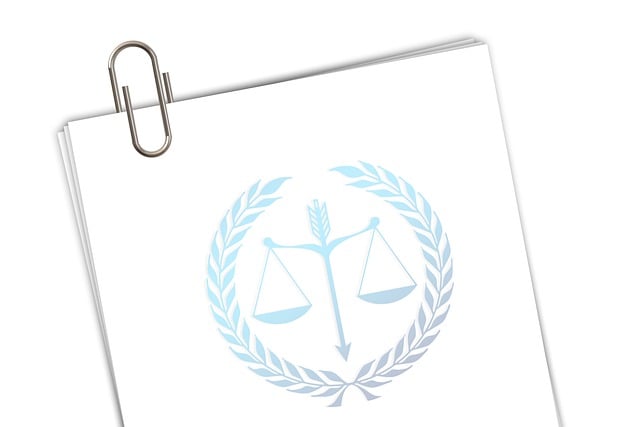Personal injury evidence is critical for successful compensation claims, with insurers evaluating medical records, police reports, and eyewitness testimonies to assess liability and determine reimbursement amounts. Strong evidence includes treatment plans, imaging, and expert opinions, especially in cases like homeowner insurance, caregiver abuse, or truck accidents. Effective presentation of personal injury evidence ensures fair outcomes, influenced by severity, cause, and claimant behavior, impacting claim value and compensation offered. Gathering compelling personal injury evidence, such as medical records, witness statements, and legal documents, is crucial for complex cases requiring expert opinions, financial records, and proof of damages to strengthen claims.
Insurers play a pivotal role in personal injury claims, scrutinizing every detail to assess liability and determine compensation. Understanding what insurance companies look for in injury evidence is crucial for claimants aiming for successful resolutions. This article breaks down the key factors insurers consider during claim evaluations and offers insights on gathering compelling documentation to strengthen your case. By adhering to these guidelines, you can navigate the claims process effectively and increase your chances of receiving a fair settlement.
- Understanding Personal Injury Evidence Requirements
- Key Factors Insurers Assess in Claim Evaluations
- Gathering Compelling Documentation for Successful Claims
Understanding Personal Injury Evidence Requirements

Personal injury evidence is a crucial aspect of any compensation claim, as it serves as the foundation for proving the extent and cause of injuries sustained in an incident. Insurance companies carefully scrutinize this evidence to assess liability and determine the level of financial reimbursement. When it comes to evaluating personal injury claims, insurers look for comprehensive documentation that outlines the circumstances leading up to and surrounding the accident. This includes medical records detailing the nature and severity of the injuries, police reports providing a factual account of events, and eyewitness testimonies that corroborate the claim.
Understanding what constitutes strong personal injury evidence is essential, especially when filing homeowner insurance claims or seeking redress for caregiver abuse or truck accident injuries. Insurers will often request specific types of proof, such as treatment plans, diagnostic imaging, and expert opinions from medical professionals. Demonstrating a clear chain of events leading to the injuries, through both physical evidence and witness statements, can significantly strengthen a claim. Effective presentation of personal injury evidence is key to ensuring a fair outcome for claimants seeking compensation for their losses and suffering.
Key Factors Insurers Assess in Claim Evaluations

When evaluating a personal injury claim, insurance companies meticulously scrutinize several key factors to determine liability and assess damages. These include the severity and impact of the injuries sustained, as evidenced by medical records, diagnostic reports, and treatment plans. A thorough review of the incident’s circumstances is also crucial; this involves examining the cause of the accident, such as in cases of truck accidents or caregiver abuse, to establish fault.
Furthermore, insurers consider the claimant’s behavior and actions before, during, and after the injury. They may look into factors like adherence to safety protocols, promptness in seeking medical care, and any attempts to mitigate damages. These evaluations play a significant role in shaping the claim’s value, ultimately influencing the compensation offered by insurance providers, as demonstrated in cases of personal injury attorney consultations for clients with varying degrees of liability and injury severity.
Gathering Compelling Documentation for Successful Claims

When pursuing personal injury evidence for a successful claim, it’s crucial to gather compelling documentation that supports your case. This involves collecting medical records detailing injuries and treatments, witness statements providing firsthand accounts of the incident, and any relevant photographs or videos that capture the scene or the extent of the harm caused. Additionally, ensuring proper preservation of legal documents related to insurance policies, contracts, and correspondence is essential.
For complex cases like wrongful death claims or business litigation involving breach of fiduciary duty, thorough documentation becomes even more critical. Every piece of evidence should be meticulously organized and presented in a clear, concise manner to strengthen the claim. This includes expert opinions, financial records demonstrating damages, and any other proof that can validate the severity and impact of the injury sustained. Such comprehensive personal injury evidence significantly increases the likelihood of a favorable outcome.
When navigating a personal injury claim, understanding what insurance companies look for in evidence is paramount. By comprehending the key factors insurers assess and gathering compelling documentation, claimants can strengthen their cases significantly. This strategic approach ensures that personal injury evidence requirements are met, increasing the likelihood of a successful claim resolution.






